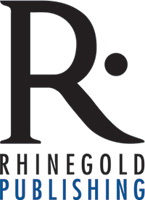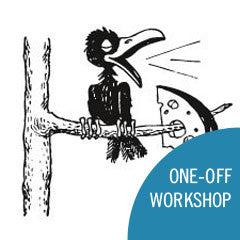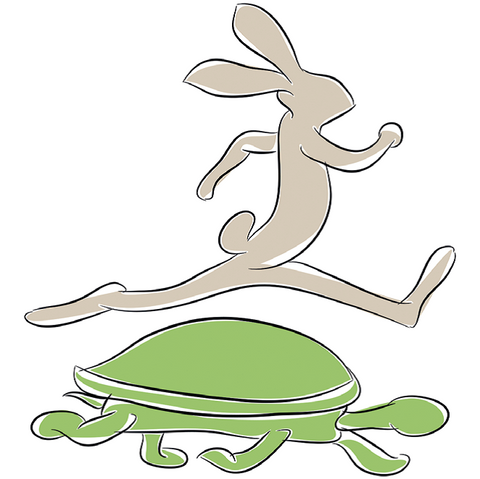
Devising from internet ‘texts’
£14.95
How will the problems affecting the environment be solved? What are the ramifications for young people who are convinced they must take action now, perhaps putting themselves at risk if those actions are inappropriate?
For many KS3 students, it is the internet, not books, that has become the hub of what is original and thought-provoking, where questions are asked and answered and where resulting information becomes ‘real’. Who we are, our identity, is a marker that sets us apart. With students’ ever-changing knowledge of technology, comes our challenge as educators to provide a classroom curriculum that is current, relevant, and one in which young people can see themselves and their lives reflected. How can we help students see aspects of themselves replicated in others? How can we encourage them to see similarities, not differences? And lastly, how can this knowledge help them to have a better understanding of ‘texts’ and so progress towards improving the quality of their work in drama?
This scheme of work will explore a YouTube non-print source as a means to involve students in devising and extending drama. Using a variety of strategies we will begin by digging into the issues to enhance our knowledge and understanding of both the message and the messenger, then shift our learning into other areas of exploration and performance possibilities. The scheme is divided into warm-ups, main activities, and supporting activities rather than lessons, given that drama lesson periods can vary in length from school to school.
Learning objectives
By the end of this scheme, students will:
Number of lessons: 11
For many KS3 students, it is the internet, not books, that has become the hub of what is original and thought-provoking, where questions are asked and answered and where resulting information becomes ‘real’. Who we are, our identity, is a marker that sets us apart. With students’ ever-changing knowledge of technology, comes our challenge as educators to provide a classroom curriculum that is current, relevant, and one in which young people can see themselves and their lives reflected. How can we help students see aspects of themselves replicated in others? How can we encourage them to see similarities, not differences? And lastly, how can this knowledge help them to have a better understanding of ‘texts’ and so progress towards improving the quality of their work in drama?
This scheme of work will explore a YouTube non-print source as a means to involve students in devising and extending drama. Using a variety of strategies we will begin by digging into the issues to enhance our knowledge and understanding of both the message and the messenger, then shift our learning into other areas of exploration and performance possibilities. The scheme is divided into warm-ups, main activities, and supporting activities rather than lessons, given that drama lesson periods can vary in length from school to school.
Learning objectives
By the end of this scheme, students will:
- Have connected their personal experience to their devised drama
- Have understood how personal experience informs an actor’s character motivation and creation
- Have explored a number of drama strategies to further inform and extend their work
- Have created authentic characters
- Have extended their work into other drama forms, e.g. monologue, scene work, etc.
- Have extended the idea of sources to include a variety of print and non-print materials, including video clips, photographs, artefacts, etc.
- Have re-voiced technology into various text forms
- Have re-worked text and image to challenge our assumptions, and to provide opportunities to intersect with new meanings.
Number of lessons: 11


